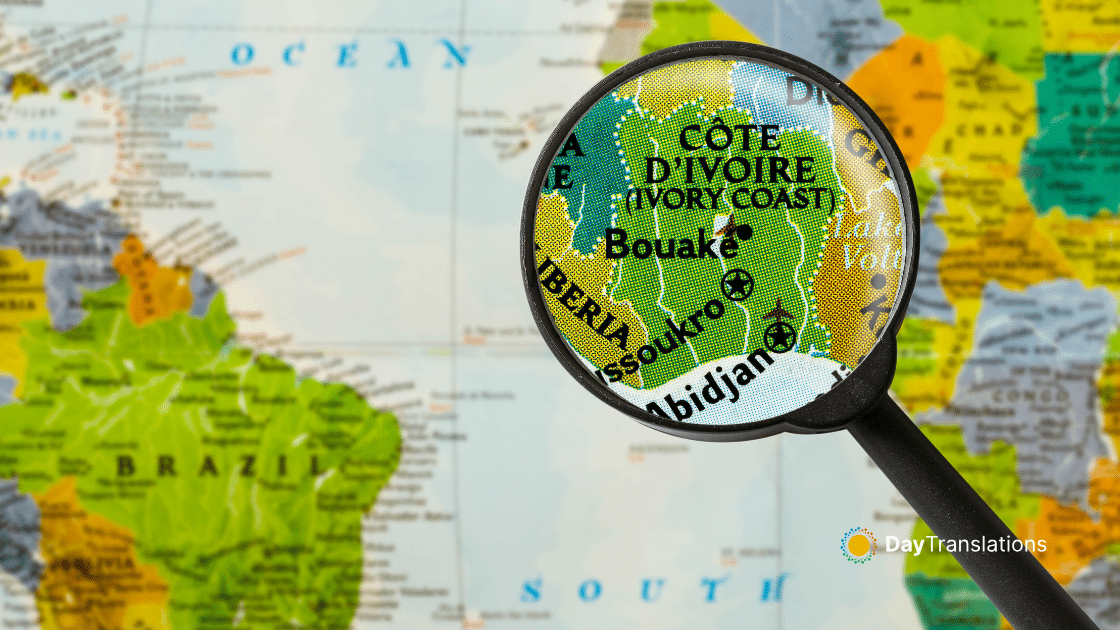Situated in the Middle East, Iran is bordered on the north by Armenia, Azerbaijan and Turkmenistan, on the east by Afghanistan and Pakistan, on the south by the Persian Gulf and the Gulf of Oman, and on the west by Turkey and Iraq. The Islamic Republic of Iran, formerly known internationally as Persia until 1935, is the 18th largest country in the world in terms of area at 1,648,195 km², and has a population of over seventy million people. It is a country of special geostrategic significance due to its central location in Eurasia. Iran ranks second in the world in natural gas reserves and also second in oil reserves.
:: Background of Iran ::
Known as Persia until 1935, Iran became an Islamic republic in 1979 after the ruling monarchy was overthrown and the shah was forced into exile. Conservative clerical forces established a theocratic system of government with ultimate political authority vested in a learned religious scholar referred to commonly as the Supreme Leader who, according to the constitution, is accountable only to the Assembly of Experts. US-Iranian relations have been strained since a group of Iranian students seized the US Embassy in Tehran on 4 November 1979 and held it until 20 January 1981. During 1980-88, Iran fought a bloody, indecisive war with Iraq that eventually expanded into the Persian Gulf and led to clashes between US Navy and Iranian military forces between 1987 and 1988. Iran has been designated a state sponsor of terrorism for its activities in Lebanon and elsewhere in the world and remains subject to US and UN economic sanctions and export controls because of its continued involvement in terrorism and conventional weapons proliferation. Following the election of reformer Hojjat ol-Eslam Mohammad KHATAMI as president in 1997 and similarly a reformer Majles (parliament) in 2000, a campaign to foster political reform in response to popular dissatisfaction was initiated. The movement floundered as conservative politicians, through the control of unelected institutions, prevented reform measures from being enacted and increased repressive measures. Starting with nationwide municipal elections in 2003 and continuing through Majles elections in 2004, conservatives reestablished control over Iran’s elected government institutions, which culminated with the August 2005 inauguration of hardliner Mahmud AHMADI-NEJAD as president. In December 2006 and March 2007, the international community passed resolutions 1737 and 1747 respectively after Iran failed to comply with UN demands to halt the enrichment of uranium or to agree to full IAEA oversight of its nuclear program. In October 2007, Iranian entities were also subject to US sanctions under EO 13382 designations for proliferation activities and EO 13224 designations for providing material support to the Taliban and other terrorist organizations..
In this Country Profile
:: Geography of Iran ::
Location: Middle East, bordering the Gulf of Oman, the Persian Gulf, and the Caspian Sea, between Iraq and Pakistan.
Geographic coordinates: 32 00 N, 53 00 E
Area:
total: 1.648 million sq km
land: 1.636 million sq km
water: 12,000 sq km
Area – comparative: slightly larger than Alaska
Land boundaries:
total: 5,440 km
border countries: Afghanistan 936 km, Armenia 35 km, Azerbaijan-proper 432 km, Azerbaijan-Naxcivan exclave 179 km, Iraq 1,458 km, Pakistan 909 km, Turkey 499 km, Turkmenistan 992 km
Maritime claims:
territorial sea: 12 nm
contiguous zone: 24 nm
exclusive economic zone: bilateral agreements or median lines in the Persian Gulf
continental shelf: natural prolonga
Climate: mostly arid or semiarid, subtropical along Caspian coast
Terrain: rugged, mountainous rim; high, central basin with deserts, mountains; small, discontinuous plains along both coasts.
Elevation extremes:
lowest point: Caspian Sea -28 m
highest point: Kuh-e Damavand 5,671 m
Natural resources:
petroleum, natural gas, coal, chromium, copper, iron ore, lead, manganese, zinc, sulfur.
Land use:
arable land: 9.78%
permanent crops: 1.29%
other: 88.93% (2005)
Natural hazards: periodic droughts, floods; dust storms, sandstorms; earthquakes.
Environment – current issues: air pollution, especially in urban areas, from vehicle emissions, refinery operations, and industrial effluents; deforestation; overgrazing; desertification; oil pollution in the Persian Gulf; wetland losses from drought; soil degradation (salination); inadequate supplies of potable water; water pollution from raw sewage and industrial waste; urbanization.
Environment – international agreements: party to: Biodiversity, Climate Change, Climate Change-Kyoto Protocol, Desertification, Endangered Species, Hazardous Wastes, Marine Dumping, Ozone Layer Protection, Ship Pollution, Wetlands. Signed, but not ratified: Environmental Modification, Law of the Sea, Marine Life Conservation.
:: People of Iran ::
Population: 65,875,224 (July 2008 est.)
Age structure:
0-14 years: 22.3% (male 7,548,116/female 7,164,921)
15-64 years: 72.3% (male 24,090,976/female 23,522,861)
65 years and over: 5.4% (male 1,713,533/female 1,834,816) (2008 est.)
Median age:
total: 26.4 years
male: 26.2 years
female: 26.7 years (2008 est.)
Population growth rate: 0.792% (2008 est.)
Birth rate: 16.89 births/1,000 population (2008 est.)
Death rate: 5.69 deaths/1,000 population (2008 est.)
Net migration rate: -3.28 migrant(s)/1,000 population (2008 est.)
Sex ratio:
at birth: 1.05 male(s)/female
under 15 years: 1.05 male(s)/female
15-64 years: 1.02 male(s)/female
65 years and over: 0.93 male(s)/female
total population: 1.03 male(s)/female (2008 est.)
Infant mortality rate:
total: 36.93 deaths/1,000 live births
male: 37.12 deaths/1,000 live births
female: 36.73 deaths/1,000 live births (2008 est.)
Life expectancy at birth:
total population: 70.86 years
male: 69.39 years
female: 72.4 years (2008 est.)
Total fertility rate: 1.71 children born/woman (2008 est.)
HIV/AIDS – adult prévalence rate: 0.2% (2005 est.)
HIV/AIDS – people living with HIV/AIDS: 66,000 (2005 est.)
HIV/AIDS – deaths: 1,600 (2005 est.)
Nationality: noun: Iranian(s) adjective: Iranian
Ethnic groups: Persian 51%, Azeri 24%, Gilaki and Mazandarani 8%, Kurd 7%, Arab 3%, Lur 2%, Baloch 2%, Turkmen 2%, other 1%
Religions: Muslim 98% (Shia 89%, Sunni 9%), other (includes Zoroastrian, Jewish, Christian, and Baha’i) 2%
Languages: Persian, Persian dialects 58%, Turkic and Turkic dialects 26%, Kurdish 9%, Luri 2%, Balochi 1%, Arabic 1%, Turkish 1%, other 2%
Literacy:
definition: age 15 and over can read and write
total population: 77%
male: 83.5%
female: 70.4% (2002 est.)

Sorry, the comment form is closed at this time.